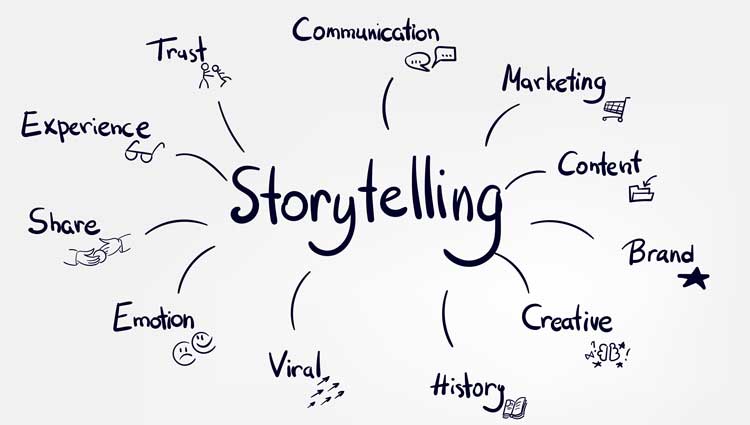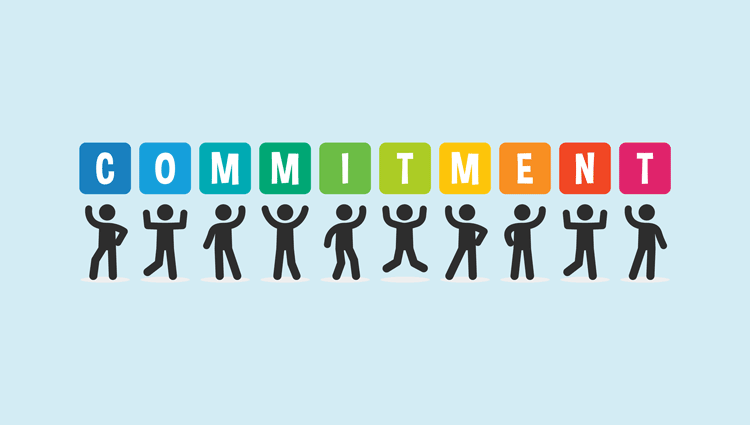
Living Your Finest Hour: An Expanded Conversation with Dennis Haber
Introduction Dennis Haber represents a unique voice in personal transformation. As an attorney, Ziglar Legacy Certified trainer and coach and author of multiple books including
Home » Uncategorized

Introduction Dennis Haber represents a unique voice in personal transformation. As an attorney, Ziglar Legacy Certified trainer and coach and author of multiple books including

Many pastors describe fundraising as a “necessary evil.” But with an authentic, thoughtful approach, fundraising can become a joyful, life-giving, community-building endeavor. The answer lies in effective messaging. When you tell your story well, clear, consistent and mission-driven messaging fosters trust, builds unity, and helps people visualize how their generosity connects directly to God’s work. Faith-based campaigns succeed when they move beyond simply asking for money and instead invite people into a shared mission of stewardship and renewal.

A sharp elevator pitch can turn a fleeting introduction into a lasting donor relationship. Joe Garecht outlines how to craft and deliver a compelling message using a mission hook, tangible impact, and a soft call-to-action. He also emphasizes adapting your tone, avoiding jargon, and following up promptly—perhaps even with a legacy giving resource like LegacyPlanner™—to keep the conversation alive and open the door to deeper giving.

Transform your nonprofit’s planned giving program with powerful bequest storytelling – no big budget required. Most organizations lack dedicated resources for legacy gift marketing, but there’s a simple solution: sharing authentic donor stories that showcase real impact. By following these 8 proven strategies for effective bequest marketing, you’ll connect with potential donors, build trust, and secure more charitable bequests to support your mission’s future, all through the power of storytelling.

Seniors often delay moving into retirement communities because they’re waiting to sell their home. This puts their future at risk as they age. Our process removes that barrier. We provide immediate cash through a structured sale, allowing them to move in now. The remainder becomes a charitable gift, and there’s no financial risk to your community—funds are secured before move-in. It’s seamless, fast, and ensures your vacancies are filled with motivated, ready-to-move-in residents.

I suggest locking up sharp objects and keeping a bottle of Pepto nearby. This article might upset anyone who thinks fundraising is about cupcakes, gala selfies, and social media applause. If your strategy hinges on hashtags and hope, it’s time for a reality check. Because while your silent auction may generate warm fuzzies, it won’t fund your future. Strategic fundraising isn’t about activity—it’s about results. And spoiler alert: you can’t deposit likes.

Multi-year commitments are a game-changer for nonprofits, providing stable, predictable funding that enables long-term growth and impact. Instead of constantly seeking new one-time gifts, organizations can focus on deeper donor relationships and sustained mission success. Identifying ideal prospects, crafting personalized proposals, and structuring flexible pledge agreements are key to securing these commitments. By maintaining engagement through updates, exclusive briefings, and meaningful recognition, nonprofits can ensure donors feel valued and invested. Implementing these strategies transforms fundraising efforts, allowing organizations to plan confidently, expand programs, and build a lasting foundation for continued philanthropic support.

How do Americans feel about philanthropy and nonprofits? A new report uncovers surprising insights into public trust, giving habits, and knowledge gaps. While nonprofits are more trusted than businesses or government, skepticism about transparency and accountability persists. Fewer people are giving to charity, yet most Americans remain unaware of this decline. Younger generations and women see philanthropy as more than just money, valuing time, advocacy, and connection. By addressing trust, engagement, and inclusion, nonprofits can bridge the gap and build a stronger, more inclusive future for giving. Dive into the key findings that could shape the sector’s future!
Stay informed with timely news. You can unsubscribe at any time.
Success List